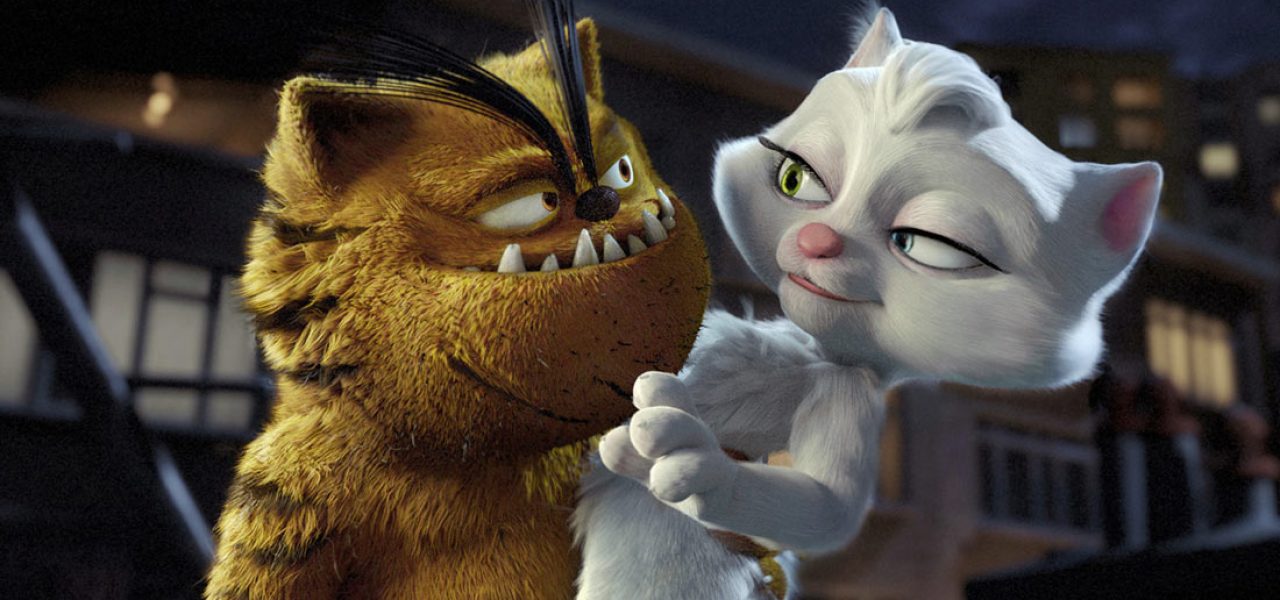

Turkey’s Blooming Animation Industry: How Big Can It Get?
Turkey’s animation industry is blooming—the country currently counts over 30 animation studios, 13 feature-length animated films produced to date in the country, and four festivals dedicated to animation. And if Turkish animators have any say in the matter, this is only the beginning.
Cartoon Brew attended a special focus on Turkish animation at the Animasyros International Animation Festival in Greece last month. To learn more about the state of their budding industry, we spoke with studio owner and director Mehmet Kurtuluş, ASIFA Turkey president Berat Ilk, and Yaşar University academic Zeynep Akçay.

“Turkey’s commercial animation industry is huge—bigger than Germany’s even,” said Kurtuluş. “At our studio Anima Istanbul we employ over one hundred full-time staff, producing over a hundred commercials a year. And even though I hate commercials, we learn everything from them—to be fast, to create high-end CG quality, to try different techniques, to improve the pipeline—and with someone else’s money.”
Recently, Anima Istanbul applied its fifteen years of experience to create their first feature-length movie, the raunchy computer-animated comedy Bad Cat, based on a popular mid-1990s Turkish comic character. Self-funded, with some of the budget raised through product placements in the film, Kurtuluş said he’d never make a feature this way again, but that the experience was worth it.
“You have to start somewhere,” he explained. “Even though we had been a big player in the international commercial field for years, in the [feature] industry that doesn’t count. Now that we’ve finished a feature-length film, with little budget but good quality, we are taken seriously.”
Bad Cat performed well at the box office this year, attracting nearly half a million cinema visitors and box office receipts of over $1.5 million, more than either Disney’s Zootopia or Dreamworks Animation’s Kung Fu Panda 3 grossed in Turkey.
Turkish audiences, both inside the country and its diaspora, often embrace homegrown movies more than Hollywood blockbusters, Zeynep Akçay confirmed. To that extent, Bad Cat will also be released in the Turkish-language in Germany, which has the largest Turkish community outside of Turkey.
Even though Bad Cat has been successful, the Turkish government doesn’t support the creation of feature films, which makes co-production difficult, and change is not likely to happen anytime soon. “We lobby, ” Kurtuluş said, “but every year the government replaces its people. Imagine lobbying for over a year, spending all this time on one person, and once they finally believe in your cause, they’re gone.” (Compared to Western European countries, the Turkish government also offers little support for animated short films, funding only four to eight films per year with around US$7,500 per project.)
On the other hand, Turkey’s television industry is relatively stable. It counts 17 national networks dedicated to children, which by law require at least 20% of their animated content produced in the Turkish language and reflective of Turkish culture. This demand for Turkish content provides an opportunity for young animators to find jobs and gain experience in the country’s animation industry, while creating a consistent flow of work for studios.
Yet, there are also factors that inhibit the growth potential of Turkish television animation. For one, Turkish TV stations demand all the rights to the series they fund, making distribution difficult and co-production impossible. Such limitations remove the possibility of higher budgets and production values, at least for content produced for local consumption.
The country’s best chance at producing higher-quality shows is service work or developing their own IP to attract foreign investment. On the service side, Turkey has a big advantage: it can offer animation production at a cost that is competitive with East Asian service studios, but with proximity to and communication standards similar to the rest of Europe.
Anima Istanbul, however, is aggressively pushing its own IP. The studio is currently in production on the third season of Disney Channel’s Limon and Oli (the first season is available on Netflix). The studio also has two shows in development for Cartoon Network, and a Bad Cat sequel is in development as a co-production with China.
ASIFA Turkey’s Berat Ilk underlines the importance of Turkey’s geographical advantage, being close to not only Europe and Asia, but also Africa, a growing market. Another positive aspect is the country’s population: “While we don’t currently have money, we do have people—passionate and talented people, and almost 80 million of them,” said Ilk.
If studios want to produce better work, they need to support the creation of a stronger educational infrastructure in certain animation-related areas. Computer animation training received a boost from Kurtuluş’s studio Anima Istanbul, which built an academy geared towards developing and training talent for its studio. Meanwhile, Canlandıranlar Talent Camp, a program supported by multiple Turkish universities, helps train artists who are interested in short-form filmmaking (Weeping Willow, a 2014 film by Ethem Onur Bilgiç made in the program, can be viewed below.) What lacks though is training in areas of commercial production and distribution.
But even though education is important, Ilk stresses that “if you really love animation, you’ll do it regardless of the available education. No country is perfect. The most important thing is our passion and our willingness to learn.”
Ilk, Akçay, and Kurtuluş all agree that the necessary changes to expand the Turkish animation industry will come, but it will take time. Kurtuluş wholeheartedly believes Turkey will be one of the most important players in the European field of animation. “We’re not there yet, but we’re ready for it. It feels like there’s a curtain in front of us, and sooner or later the curtain opens and we’ll quickly spread all over the globe.” If the government expands public funding for animation, “it will dramatically change everything,” he said.
“I’ve seen our industry change immensely in the past 15 years,” Akçay said. “The opportunities used to be pretty much non-existent. Nowadays you can actually make a living making animation. That’s huge progress compared to nothing. So who knows what our landscape can look like 15 years from now.”

.png)